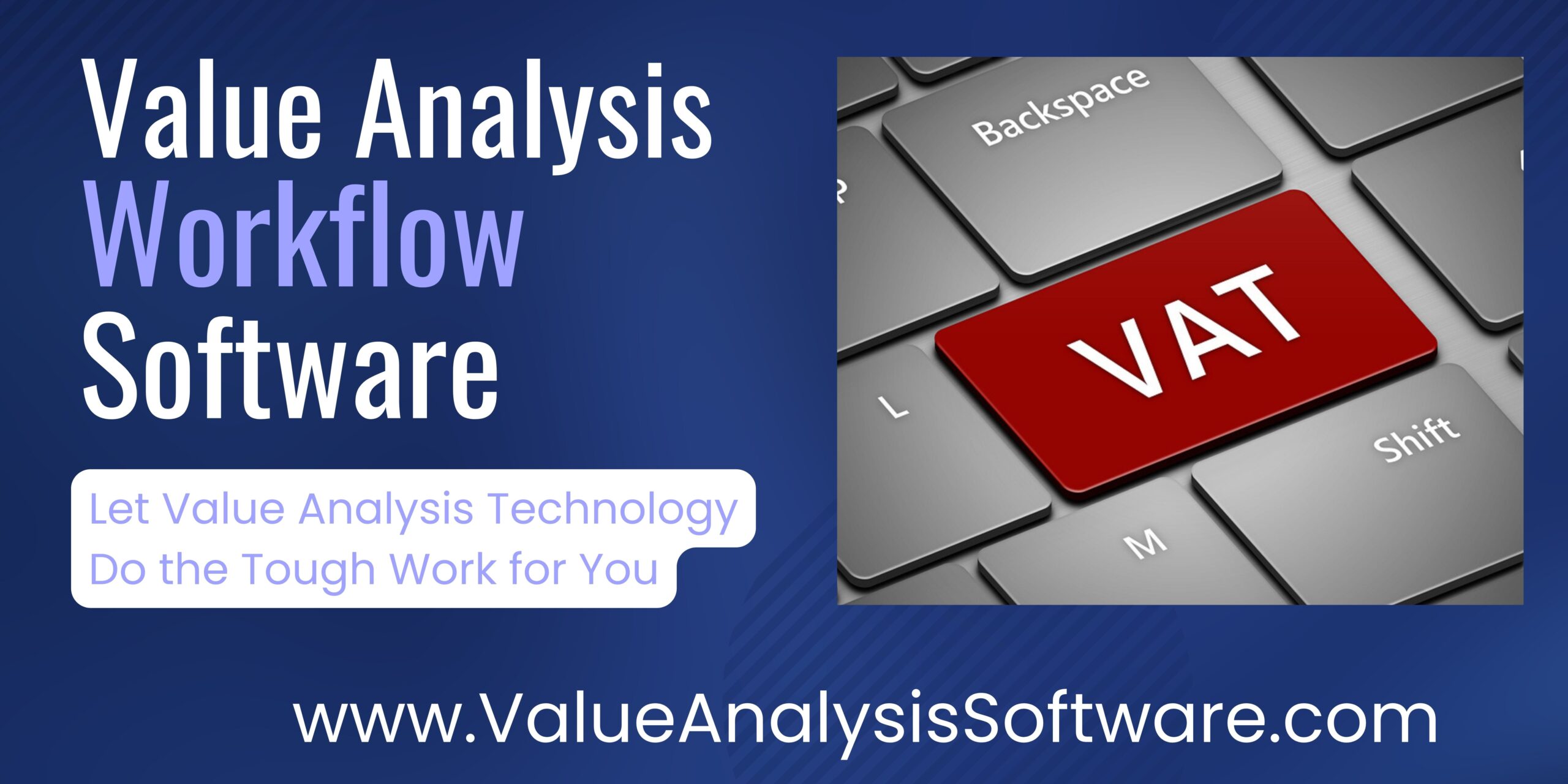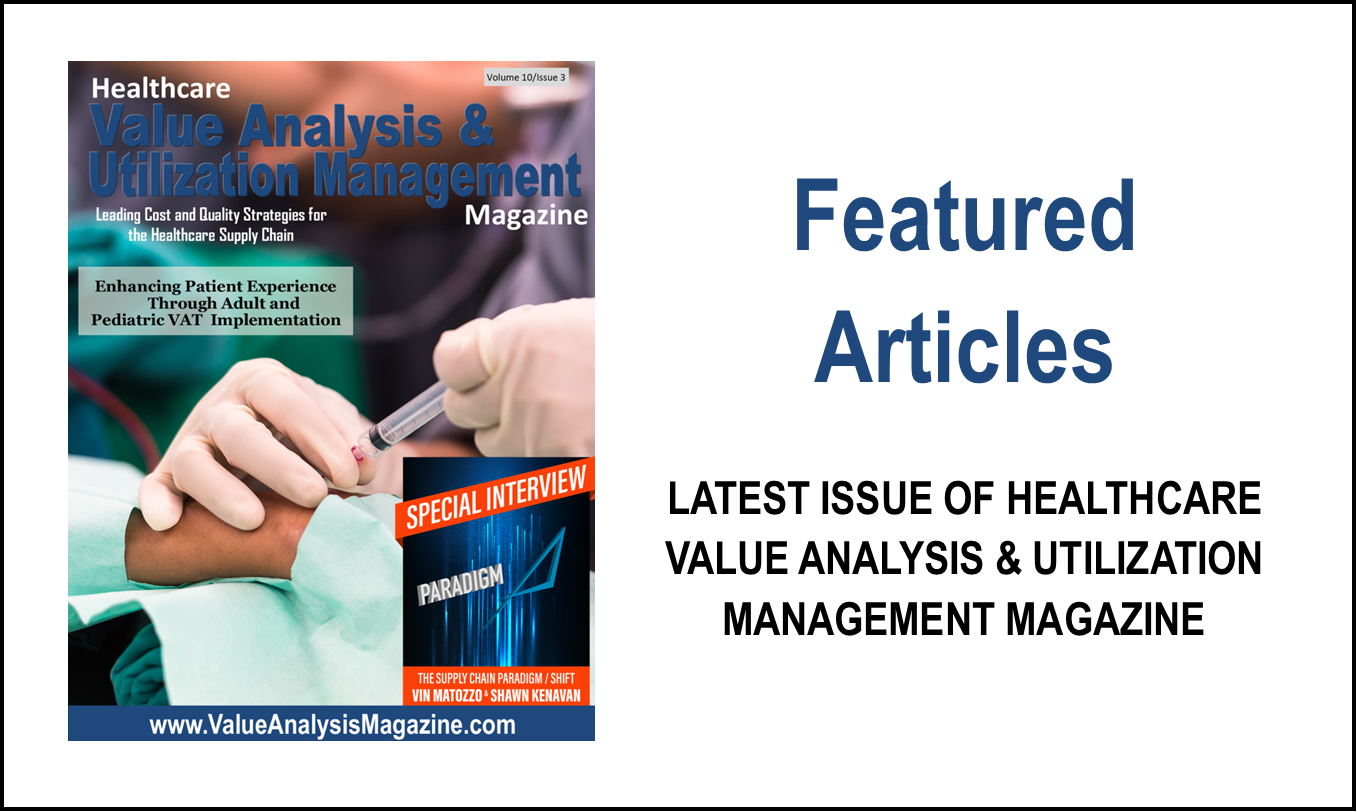Robert T. Yokl, President/CEO, SVAH Solutions
All of our customers want something to be done with the products, services, or technologies they desire. To put it a better way, our customers want functions to be performed reliably. They want the product, service, or technology to move, separate, clean, heat, cool, pinch, pull, lift, spin, or whatever. They also want it to be a certain shape, color, texture, firmness, style, length, etc., to be pleasing to the eye, touch, or hearing. This is all our customers care about – products, services, or technologies that meet their functional requirements precisely and reliably. This is why the study of function is the ideal tool or technique in defining our customers’ performance requirements.
Larry Miles, the father of value analysis, tells us that there are two types of functions: USE FUNCTION and AESTHETIC FUNCTION. Use function entails some action that our customers want to perform, and aesthetic functions are designed to please them or their customers. He further states, “Many products and services (and technologies) require both use and aesthetic functions. Some require only use while some require only aesthetic functions. A refrigerator, automobile, computer, printer, copier, or cell phone all require both use and aesthetic functions in varying ratios. The nail within the walls of the building, the concealed wire in the motor, and the oil in the automobile require only use functions. The “Rembrandt,” the diamond, and the perfume (you use) have only aesthetic functions.”
Identifying, Clarifying, and Naming Functions
The foundation or pillars that your hospital value analysis studies are built on is the identification, clarification, and naming of the USE and AESTHETIC functions required by your customers. It all starts with describing the function(s) your customers want using an active VERB and a measurable NOUN to describe the function, such as deliver fluids (IV set), pace heart (pacemaker), extract blood (vacutainer), draw blood (lancet), etc. This naming process seems simplistic at first glance but naming them accurately can be difficult if done carelessly without much thought or investigation. It is important therefore to have your customers agree to the functions that you have named to ensure that the best descriptions of their functions have been identified precisely.
The accurate naming of functions is also important so that they can be quantified and measured. How much fluid needs to be delivered? How many beats of the heart need to be paced? How much blood needs to be extracted? How much blood needs to be drawn? This enables you to begin building more precise specifications for the USE and AESTHETIC functions required by your customers, which Larry Miles refers to as, “unifying the function and its specifications,” with the result that you will be able to predetermine the worth or appropriate cost of any function under investigation.
Naming Aesthetic Functions Or Features
The technique used in naming aesthetic functions is identical to naming a use function, but in most cases these functions are SUBJECTIVE in nature and can be called PEOPLE PLEASERS! Some examples of aesthetic functions are to provide appearance, provide color, provide convenience, reduce time, etc. Our job as hospital value analysis practitioners is to identify these aesthetic functions and provide them, only if it can be demonstrated that they add value to the product, service, or technology being specified.
Classifying USE Functions As Either Primary or Secondary
As we had mentioned, value analysis is an organized, creative approach to cost management and quality improvement. It could also be called functional analysis of products, services, and technologies since its focus is on what a product, service, or technology does. All products, services, or technologies have a primary function or reason for being. The first rule of value analysis is to define a product, service, or technology’s function or its element of usefulness. Without this element of usefulness, the performance of a product, service, or technology would be useless. For example, a vacuum cleaner that doesn’t DEEP CLEAN would be useless as a vacuum cleaner.
Function can usually be reduced to a two-word definition using an active verb and measurable noun, e.g., dry hands (paper towel), inject medication (syringe), provide warmth (blanket), keep time (watch), circulate air (fan), protect mattress (underpad), etc. Next, we want to define the product, service, or technology’s secondary functions, since they may have none, few, or numerous secondary functions. Meaning, in addition to its primary function, the product, service, or technology may also have a secondary function(s) or use such as, a paper towel could also be used to pick up spills, or a blanket could be used to position patients for surgical procedures. We still ask the same question as we did with the primary function to get the answer, using an active verb and a measurable noun, which is, WHAT OTHER FUNCTION(S) OR PURPOSE(S) IS THIS PRODUCT, SERVICE, or TECHNOLOGY USED FOR in our healthcare organization? Defining secondary functions is a critical success factor in your VA studies due to the fact that we must understand all of the uses and aesthetic functions of the products, services, and technologies and how our customers are utilizing the products, services, or technologies under investigation if we are to suggest lower cost alternatives (down the road) in our speculative phase of the VA process.
Classifying Aesthetic Functions or Features
We now want to define the product, service, or technology’s aesthetic functions or features that are ABSOLUTELY required IN OUR CUSTOMERS’ EYES to meet their requirements with an active verb and a measurable noun. It is rare that a product, service, or technology doesn’t have one or more aesthetic functions or features. The question to consider then is, do we need them?
A product, service, or technology feature is something added to it that has no usefulness in and of itself. While the feature may or may not provide some convenience or aesthetic value, it always adds cost to the product, service, or technology being purchased. Our healthcare world is too feature rich! It’s our job as a hospital value analysis practitioner to study and eliminate as many non-value-added features as possible.
Why Defining Functions Should Be Important To You
One of the secrets to having the lowest product, service, and technology expenses in your peer cohort is for value analysis practitioners to specify function, buy function, and eliminate unnecessary functions. This is the crux of the hospital value analysis methodology. This is because your department heads and managers are catalog buying or following the recommendations from their sales representatives when they requisition new product, service, or technology purchases. Be alert that your customers don’t need everything they say they need, and sometimes don’t need the things they are requisitioning at all.
| About Robert T. Yokl, Founder & Chief Value Strategist for SVAH Solutions |
|---|
| Robert T. Yokl is President and Chief Value Strategist at SVAH Solutions. He has four decades of experience as a healthcare supply chain manager and consultant, and also is the co-creator of the Clinitrack Value Analysis Software and Utilizer Clinical Utilization Management Dashboard that moves beyond price for even deeper and broader clinical supply utilization savings. Yokl is a member of Bellwether League’s Bellwether Class of 2018. https://www.SVAH-Solutions.com https://www.SavingsValidator.com |
Articles you may like:





